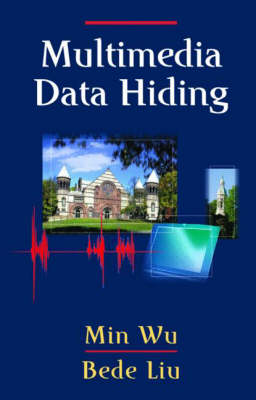The digital information revolution has brought about profound changes in our society and our life. New devices and powerful software have made it possible for consumers worldwide to create, manipulate, share, and enjoy the multimedia information. Internet and wireless networks offer ubiquitous channels to deliver and to exchange multimedia information for such pur poses as remote collaboration, distant learning, and entertainment. With all these advances in multimedia coding and communication technologies over the past decade, the major hurdle for allowing much broader access of multimedia assets and deployment of multimedia services no longer lies with bandwidth-related issues, but with how to make sure that content is used for its intended purpose by its intended recipients. The core issue then be comes the development of secure management of content usage and delivery across communication networks. Data hiding and digital watermarking are promising new technologies for multimedia information protection and rights management. Secondary data can be embedded imperceptibly in digital multimedia signals for a variety of applications, including ownership protection, authentication, access con trol, and annotation. Data hiding can also be used to send side information in multimedia communication for providing additional functionalities or for enhancing performance. The extraction of the embedded data mayor may not need knowledge of the original host media data. In addition to im perceptibility, robustness against moderate processing such as compression is also an important consideration.
- ISBN13 9780387954264
- Publish Date 14 January 2003
- Publish Status Active
- Publish Country US
- Imprint Springer-Verlag New York Inc.
- Edition 2003 ed.
- Format Hardcover
- Pages 219
- Language English
